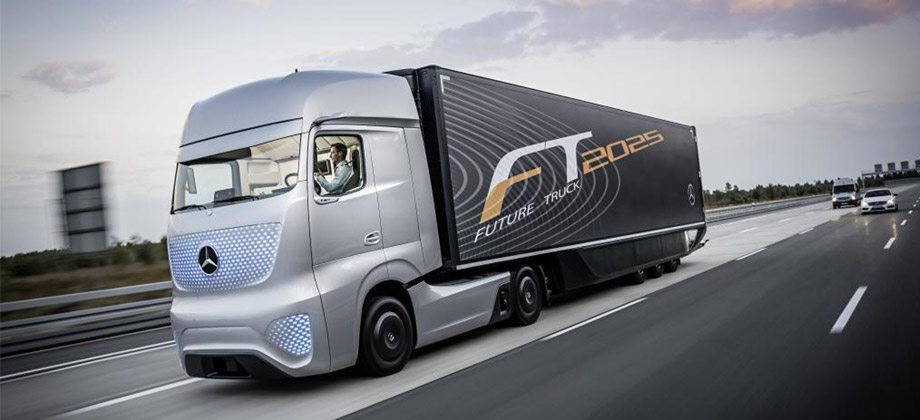The world’s largest manufacturer of trucks has turned to 3D printing to produce spare parts for its vast range of trucks.
Daimler has joined the likes of Audi and BMW, who have both adopted additive manufacturing for producing spare parts on a ‘just in time’ basis.
The German company sits alongside Chrysler and Mercedes-Benz in the Daimler Chrysler Group, so this is a significant development.
It will introduce 3D printing on a limited basis from September. It will start with simple plastic items like spring caps, mountings, air and cable ducts and clamps. In the end, though, it is almost inevitable that every service centre in the world will have a 3D printer and the capability to produce replacement metal and plastic parts on site.
Shipping parts around the world is expensive
It’s easy to see why. The companies have to produce vast amounts of spare parts to cover their entire catalogue of old and new vehicles. They then have to ship them globally and store them, which is clearly an inefficient and expensive process.
With 3D printing they can keep a central database of files and each region can simply print the part as and when required. The savings are massive and it also means that the companies can speed up their service. With this system they don’t have to order obscure parts from a central depot and leave a customer’s vehicle off the road while they wait for delivery.
When a car or truck goes out of production, it’s almost impossible to ensure that there is a healthy supply of parts available. With 3D printing then a manufacturer can continue to support its older models by simply saving the files on the database. This is a big step forward for the manufacturers, classic car enthusiasts and also commercial enterprises that rely on older trucks to get them through the working week.
Daimler has invested heavily in new technology, including self-driving big rigs, new powerplants and trucks of the future. 3D printing is set to become an integral part of the production process and it will be interesting to see how the tech develops in tandem.
Speed is the main obstacle right now
As an industry, we expect 3D printing to take over the production line at some point. At the moment speed is the main obstacle and brands also trust the consistency of traditional manufacturing techniques. Once 3D printing is up to speed, though, which has to happen at some point, then it should replace the $45 million metal presses that currently produce the bodywork for a Daimler truck or Mercedes-Benz passenger car.
Daimler is starting simple, but it has still had to produce and test more than 100,000 files to get this initiative off the ground. The manufacturer, then, is taking 3D printing seriously. That is good news for everyone.
BMW is already a serious convert and has used 3D printing for prototypes since the 90s, while Audi and the Volkswagen Group have gone even further. The German manufacturer recently created a 3D printing center to focus on the production of steel tools and that is just the latest in a long line of commitments to the process from the group that includes SEAT, Skoda, Bentley and Lamborghini.
Can the auto industry drive 3D printing?
Car manufacturers have the resources, the R&D facilities and their own unique set of demands that could help 3D printing grow as an industry. The auto makers can be a driving force as they absolutely insist upon speed, quality and consistency in their supply chain. If 3D printing can displace the traditional production line, then, it will make the world stand up and take notice.
If 3D printing can raise its game to meet the auto industry’s needs then this will be a great advert and a powerful sales tool for the mass manufacturing world. It’s a matter of when, not if, and when that barrier falls then it could be the tipping point we’ve all been waiting for.




